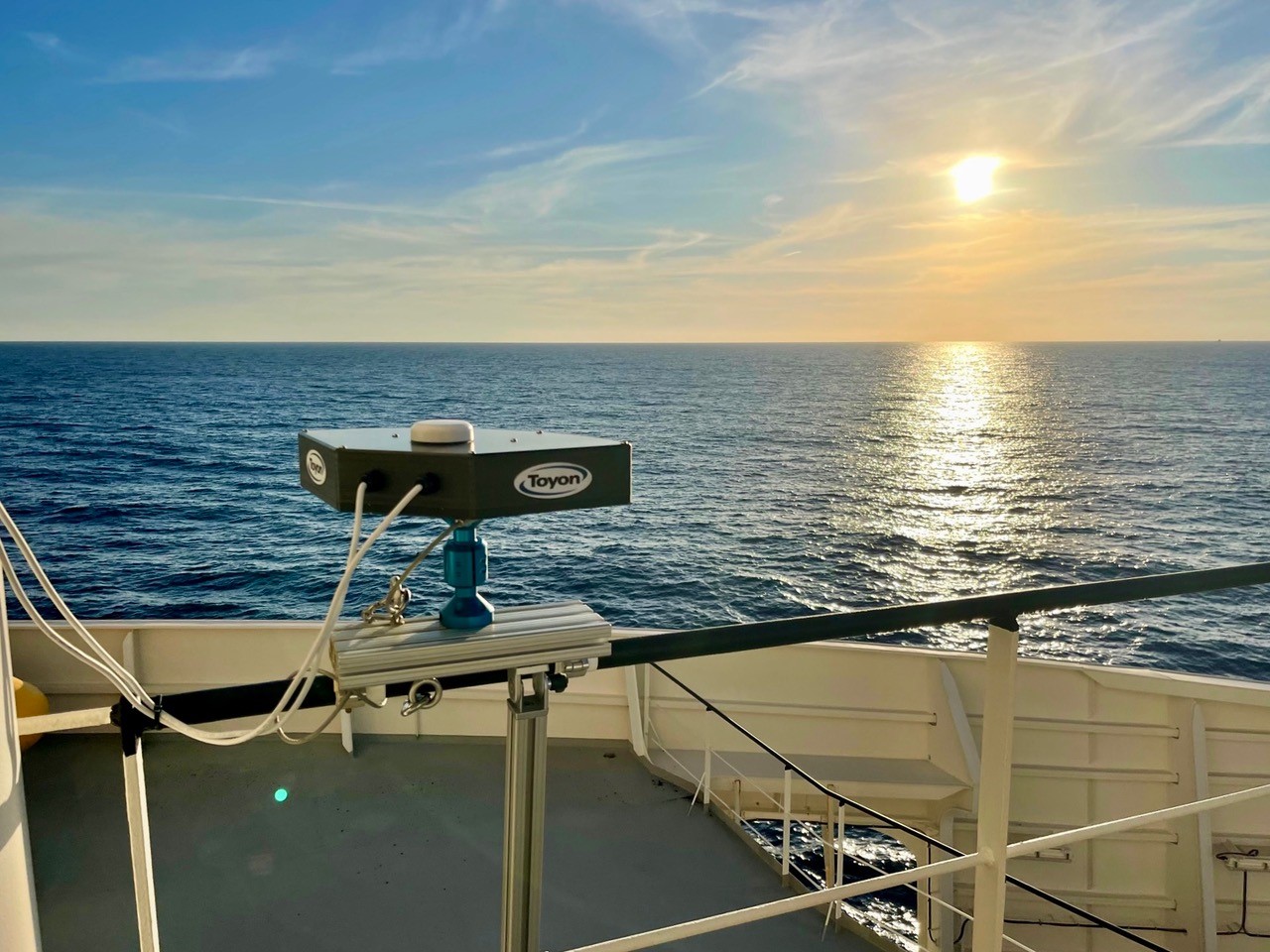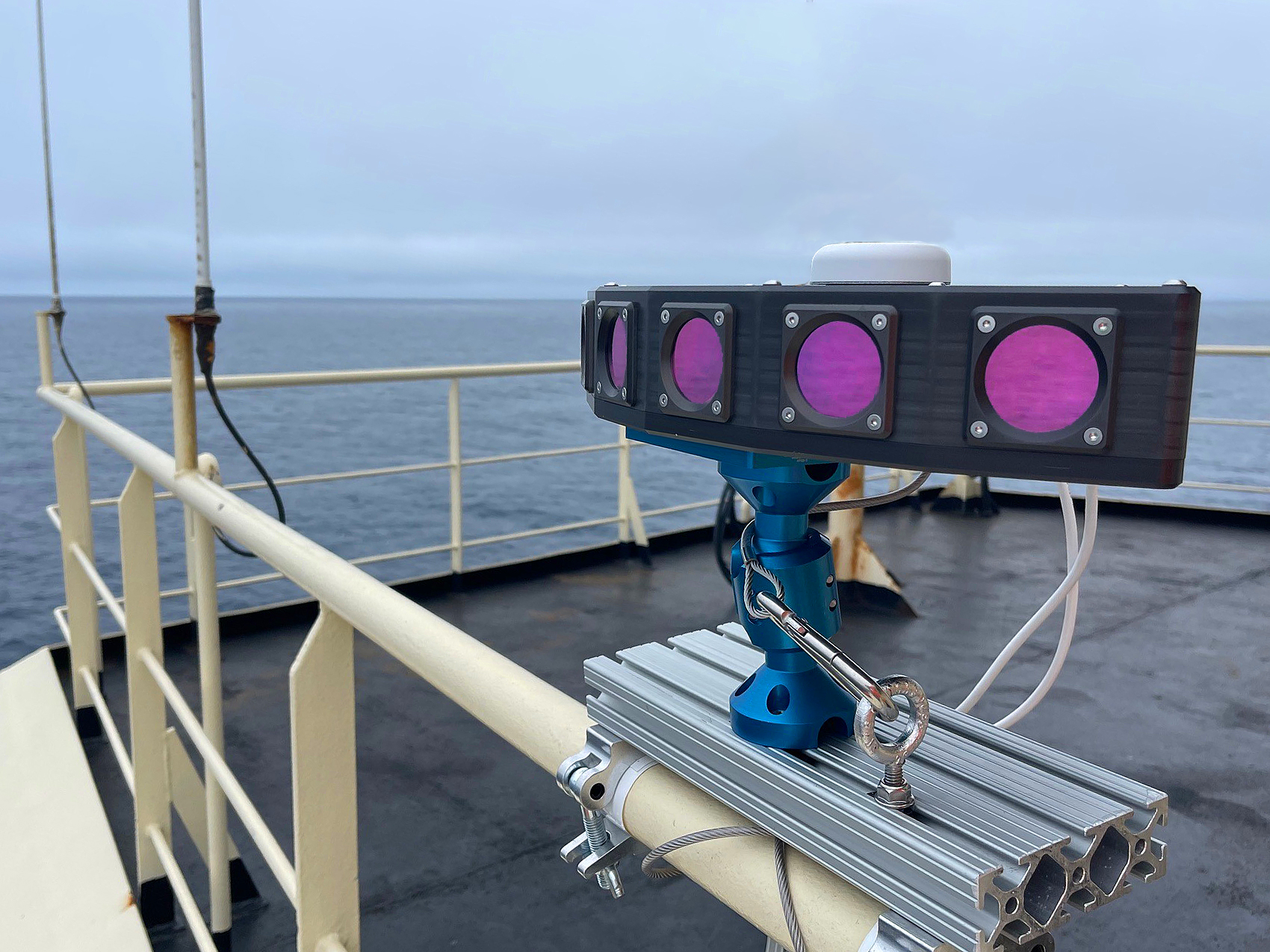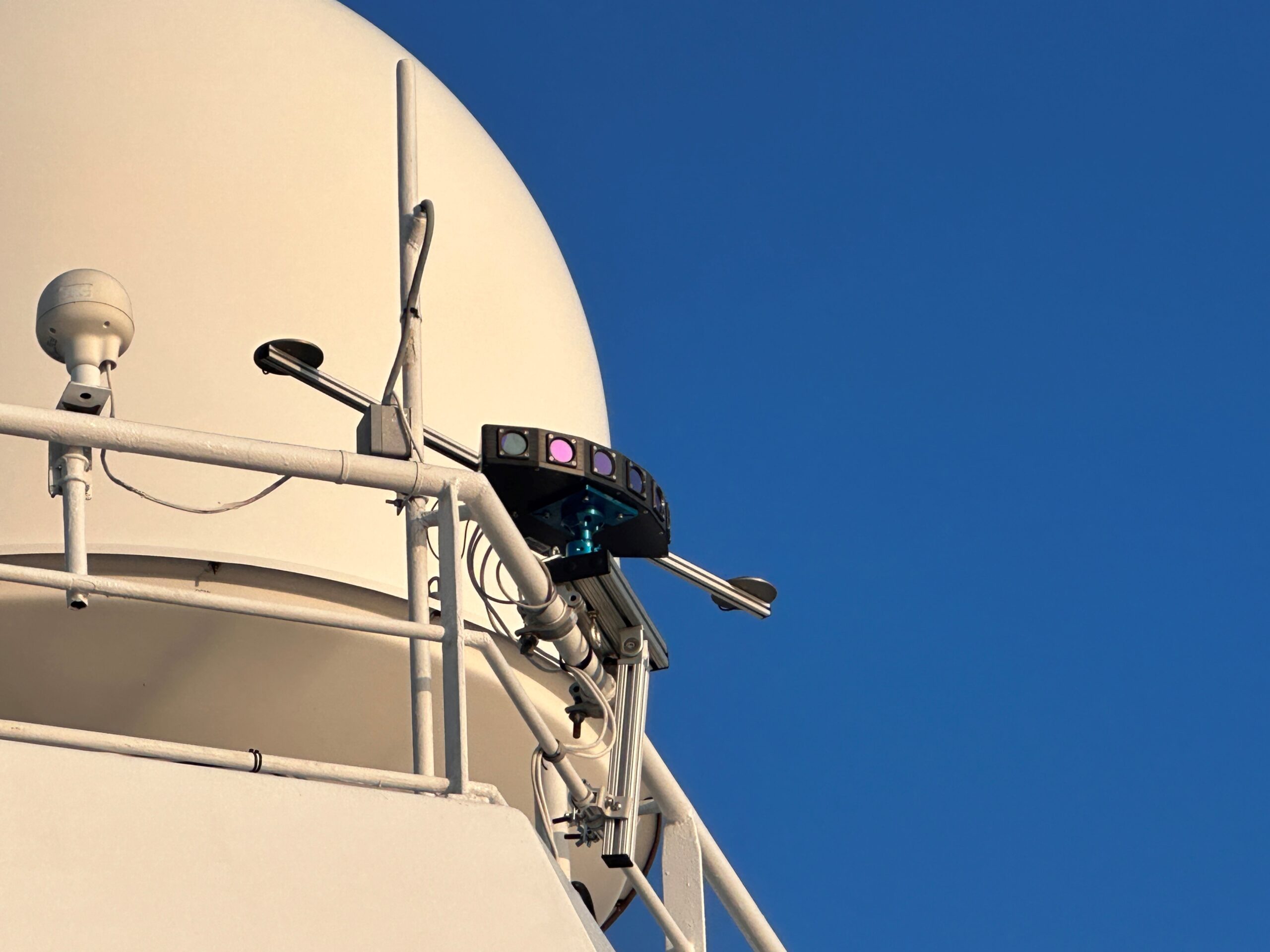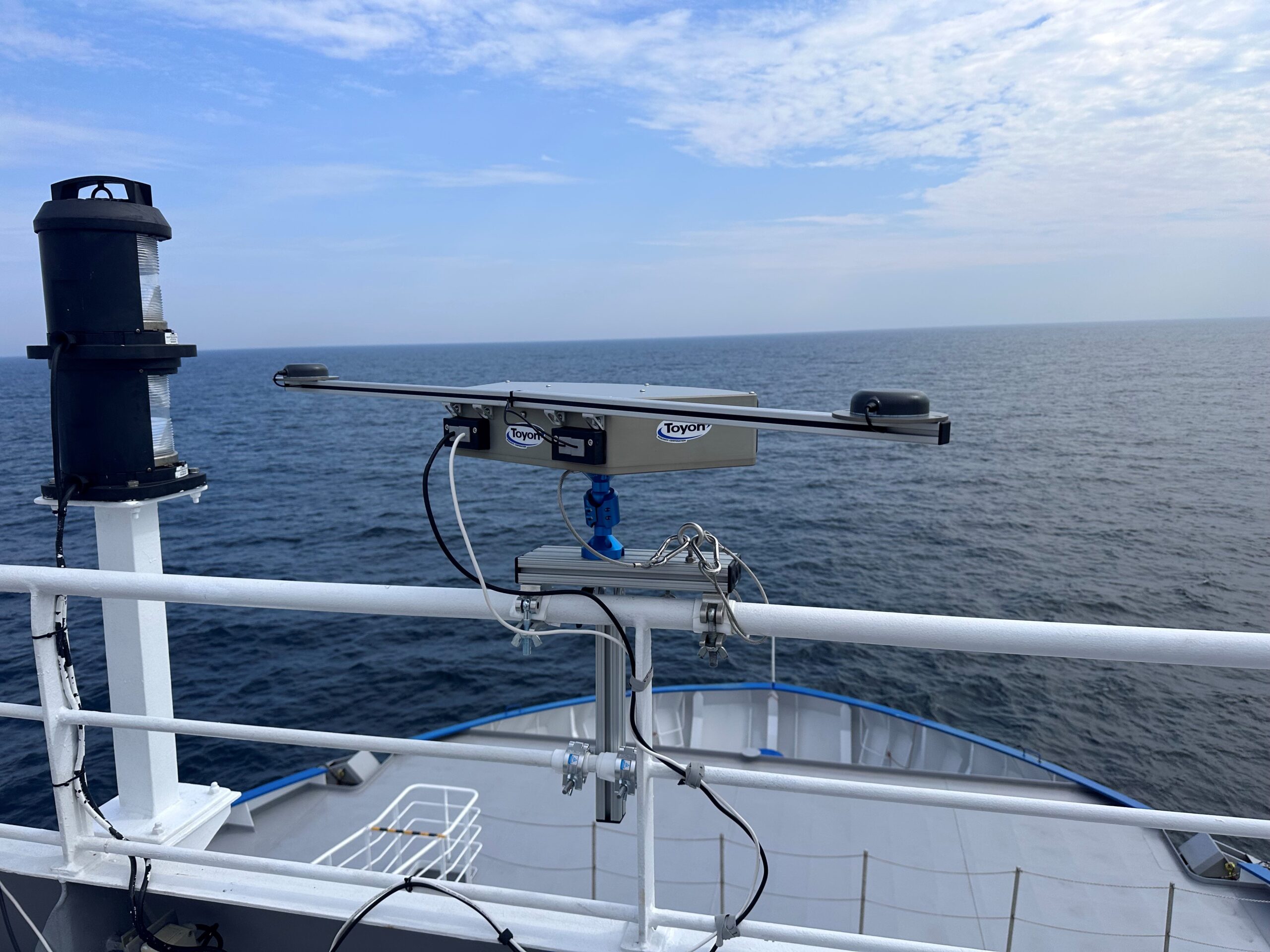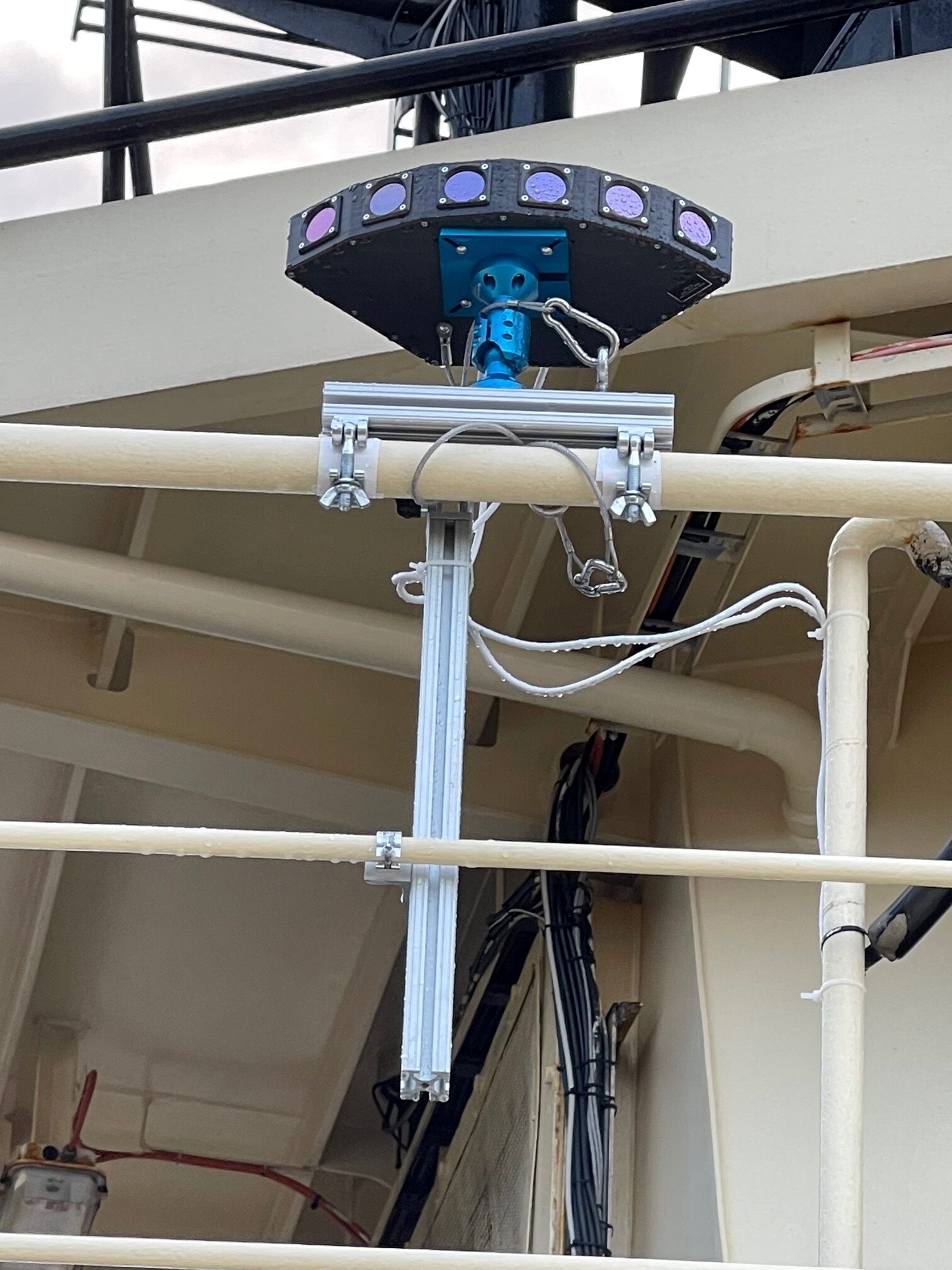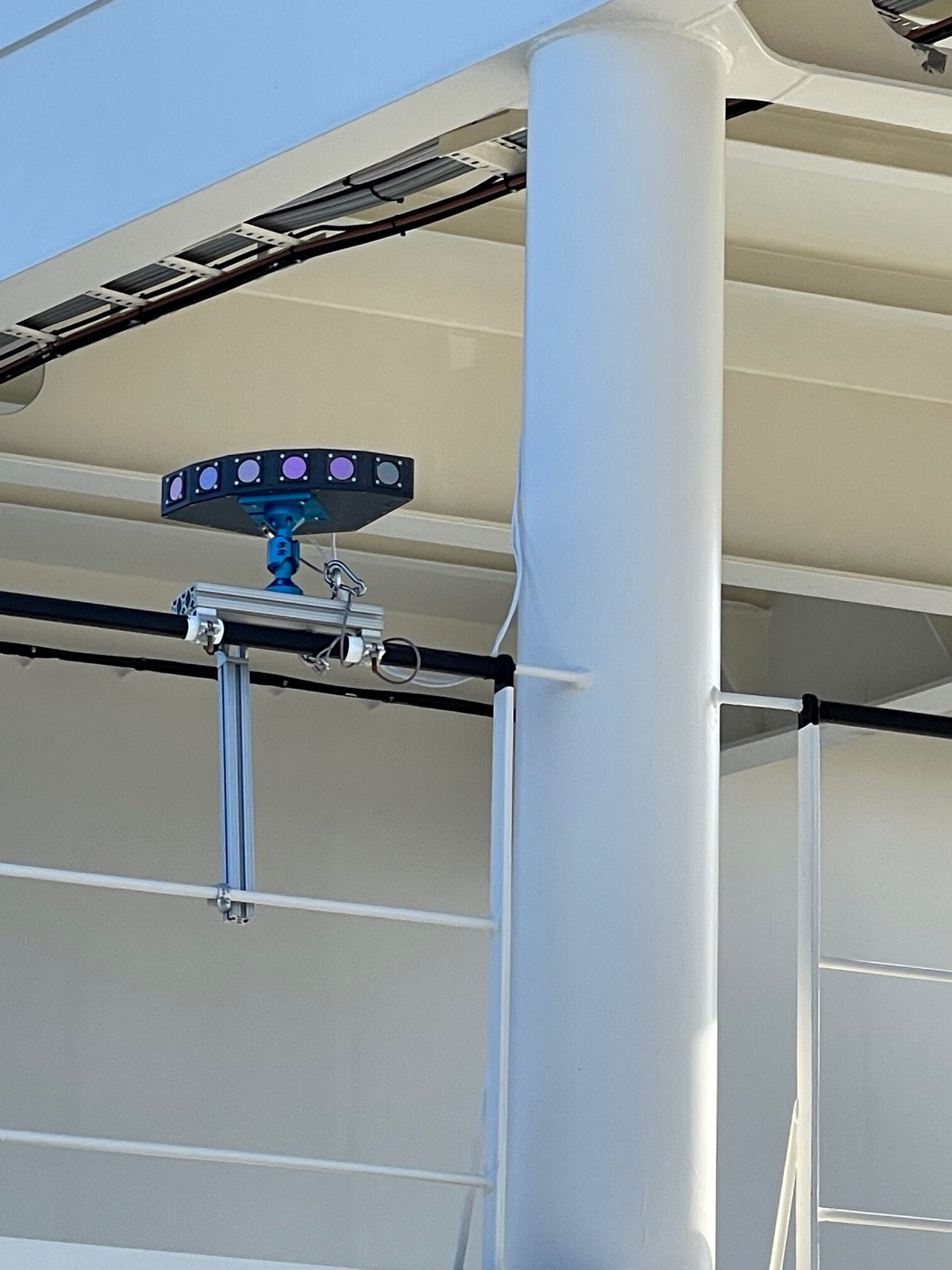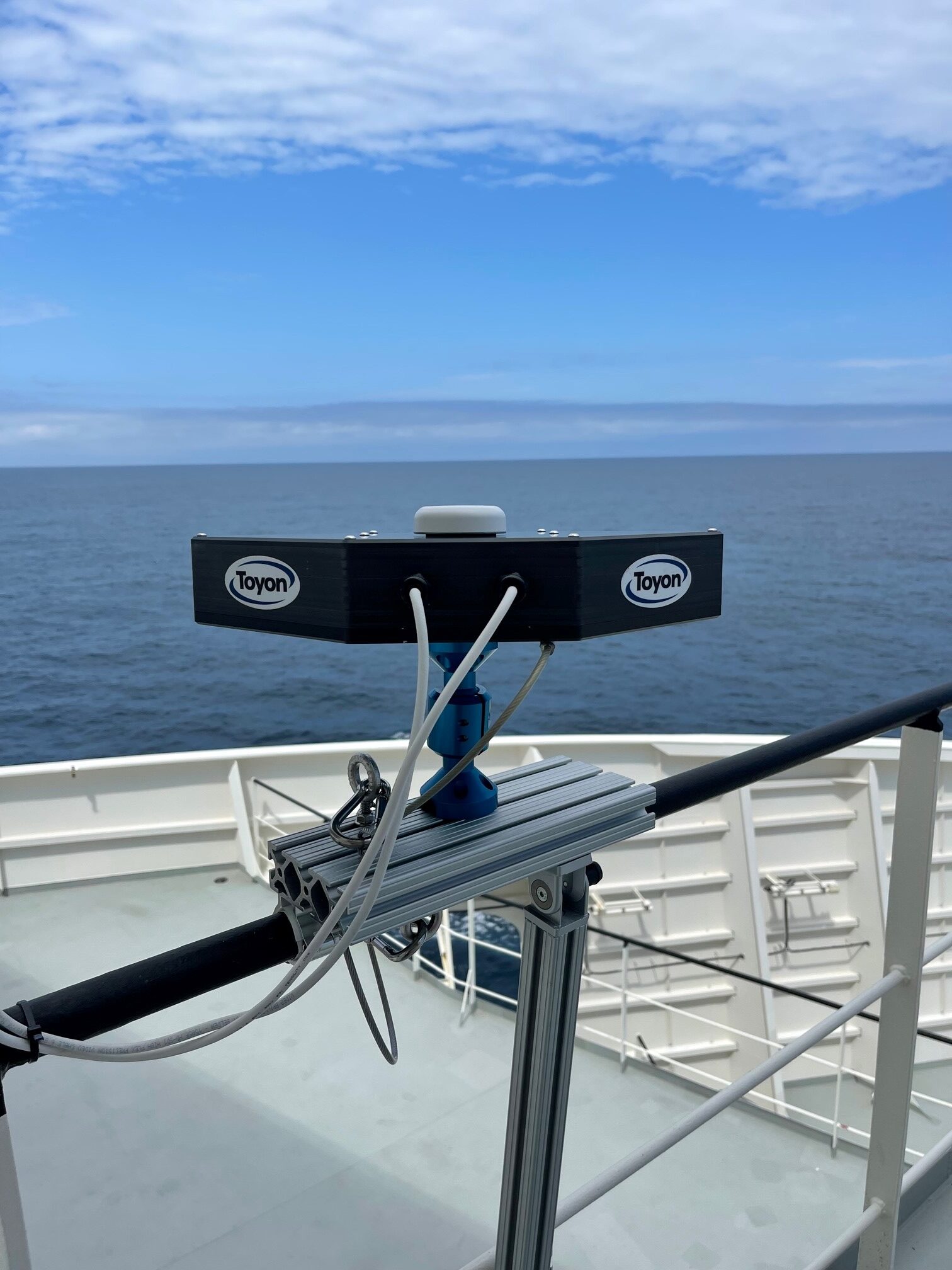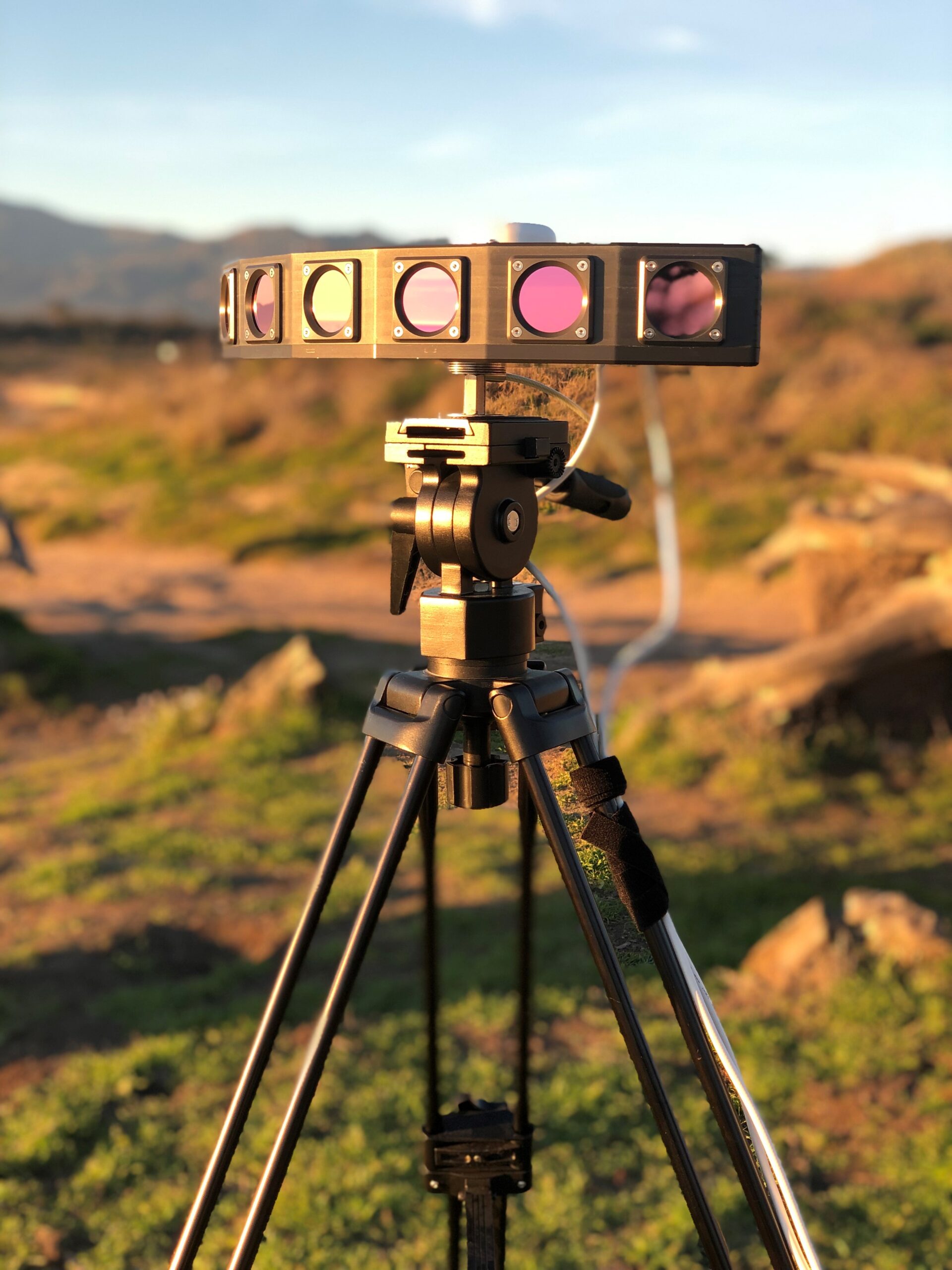Infrared Maritime Camera System with AI
Monitoring Our Oceans and Mitigating Impacts on Whales
Supporting Whale Conservation, Energy Exploration, Marine Construction, the Shipping Industry, and National Defense.
Toyon’s Marine Observer is an infrared camera system paired with AI-powered detection software. The camera can be mounted on a vessel or land-based platform and used to automatically detect and alert to marine mammals, ships, or objects in the water. Marine Observer is a tool developed to reduce risks to marine mammals caused by human activities and to provide visual sightings data to aid in scientific research efforts. This new technology has been used by the National Oceanic and Atmospheric Administration (NOAA) to support whale census efforts, and by the oil & gas and offshore wind industries for vessel-strike avoidance and to mitigate acoustic impacts on whales.
Marine Observer’s custom-built camera houses multiple long-wave infrared (LWIR) camera cores and an inertial navigation system for an electronically-stabilized and seamless field-of-view covering up to 90° per camera. Multiple units can be used for full 360° coverage.
Reduces Risk to Whales
Marine Observer helps reduce the risk of ship strikes on marine mammals, and other objects, by automatically detecting objects in real-time, day and night. The wide field-of-view provides exceptional coverage with a high update rate of 30 Hz.
Around-the-Clock Surveillance
Extends operating time with infrared cameras that perform equally well day and night.
Stationary Land or Vessel Mounted Options Available
Easy integration onto any vessel or use on land for endless versatility.
Automatically Detects
Marine Observer was designed to automatically detect marine mammals, but can also detect vessels or other targets.
Easy Operation
Easy to use camera and intuitive software. The Marine Observer system can be operated by a single analyst.
Wide Field-of-View
Provides wide field-of-view coverage with a high update rate (30 Hz).
Video Data
Record and process streaming video data in real-time. Instant replay allows for rapid verification. Video is stored and can be retrieved at a later date for further analysis.
Built-in Electronic Stabilization
Marine Observer’s built-in electronic stabilization creates a steady visual display and improved processing of infrared video while on a moving vessel. This video, utilizing a seamless 66-degree horizontal field-of-view, demonstrates how the view of the water can be displayed in a stabilized manner despite the vessel moving relative to the water surface.
AI-Powered Detection
Marine Observer uses a combination of infrared camera technology and Toyon-developed AI software to automatically detect maritime objects or marine mammals in real time. The red box in the video shows a Marine Observer detection of a humpback whale at close range. (The video shows a cropped view, the entire wide field-of-view is not shown.)
Frames Per Second
Each camera core provides a resolution of 640×512 pixels at 30 frames per second (30 Hz).
View Coverage
Each camera has a wide field-of-view up to 90° in azimuth. Multiple cameras can be installed together to extend the coverage to 360°.
Pixel Resolution
Wide field-of-view options available. Up to 90° with a combined resolution of up to of 3840×512 pixels.
Weatherproof
Rugged custom weatherproof camera enclosure.
Long-Wave Infrared
Custom-built camera module comprised of multiple uncooled long-wave infrared camera cores.
Electronic Stabilization
Includes a synchronized inertial navigation system (INS) to provide electronic stabilization of the infrared imagery.
High Resolution
Each camera core provides a resolution of 640×512 pixels at 30 frames per second (30 Hz).
Seamless Connections
Easily connects to a laptop or desktop computer running our detection software.
Agency of the Year
In an ideal world website wouldn’t exist, a client would acknowledge the importance. We are a friendly firm of Financial Advisors who are happy to meet with you face to face or liaise with you via the phone or email to provide a service that’s right for you. Our Services included offering advice and solutions on Mortgages, Insurance, Financial Protection, Investments and Pensions. Our aim is to leave you worry.
design identity
web development
web marketing
visual arts
Product Images
Deployments
Marine Observer has been used in a variety of deployments, both land and vessel mounted, including ship strike reduction efforts, field research, supporting whale-safe energy exploration and tracking whale migratory patterns. Marine Observer is an infrared maritime camera system making a difference.
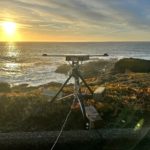
MARINE OBSERVER DEMONSTRATES SUCCESSFUL ON-SHORE DEPLOYMENT FOR GRAY WHALE MIGRATION DETECTION
Marine Observer kicked-off the new year with a successful on-shore technology deployment. The 10-day testing exercise took place at a research station near Carmel-by-the-Sea, California to validate an automatic system to detect and track gray whales traveling close to the shoreline while on their annual south-bound migration.
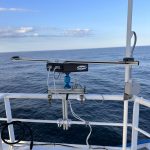
MARINE OBSERVER DEPLOYED 3-MONTHS ON WIND ENERGY CASE STUDY TO DETECT LARGE WHALES
Marine Observer’s East-Coast deployment of IR Camera onboard a survey vessel, demonstrated detection of large whales from an operational setting.
Ready to learn more and get started?
Check out our Publications – Presentations and Conferences or download the Marine Observer spec sheet for basic specifications, industry usage and more.
About Us
Toyon’s Marine Observer project began in 2012 in partnership with NOAA to accurately estimate the abundance of migrating California Gray Whales using image processing algorithms. This led to supporting energy company operations to reduce ship strikes on endangered whales and to reduce marine mammal exposure to loud acoustic sources. Vessel strikes on whales are one of the main threats to whale safety, with more than 80 whales killed by vessel strikes per year, just on the West Coast alone.
Mobilizing a team of dedicated engineers and a research biologist specializing in cetaceans, we set out to develop a real-time marine mammal detection system that detects, counts and tracks 24/7, day and night. With the number of ships increasing around the globe, the team knew that an accurate detection device would be critical to save whales.
Our Team
Toyon Research Corporation has been successfully developing and producing innovative technology and research for over 40 years. The breadth and depth of scientific research within the organization allows for collaboration with a diverse pool of expertise. The Marine Observer team draws from this pool of highly-qualified experts and is comprised of scientists from varied fields of focus such as electromechanical engineering, software engineering, artificial intelligence, video tracking and stabilization, machine learning and even a cetologist!
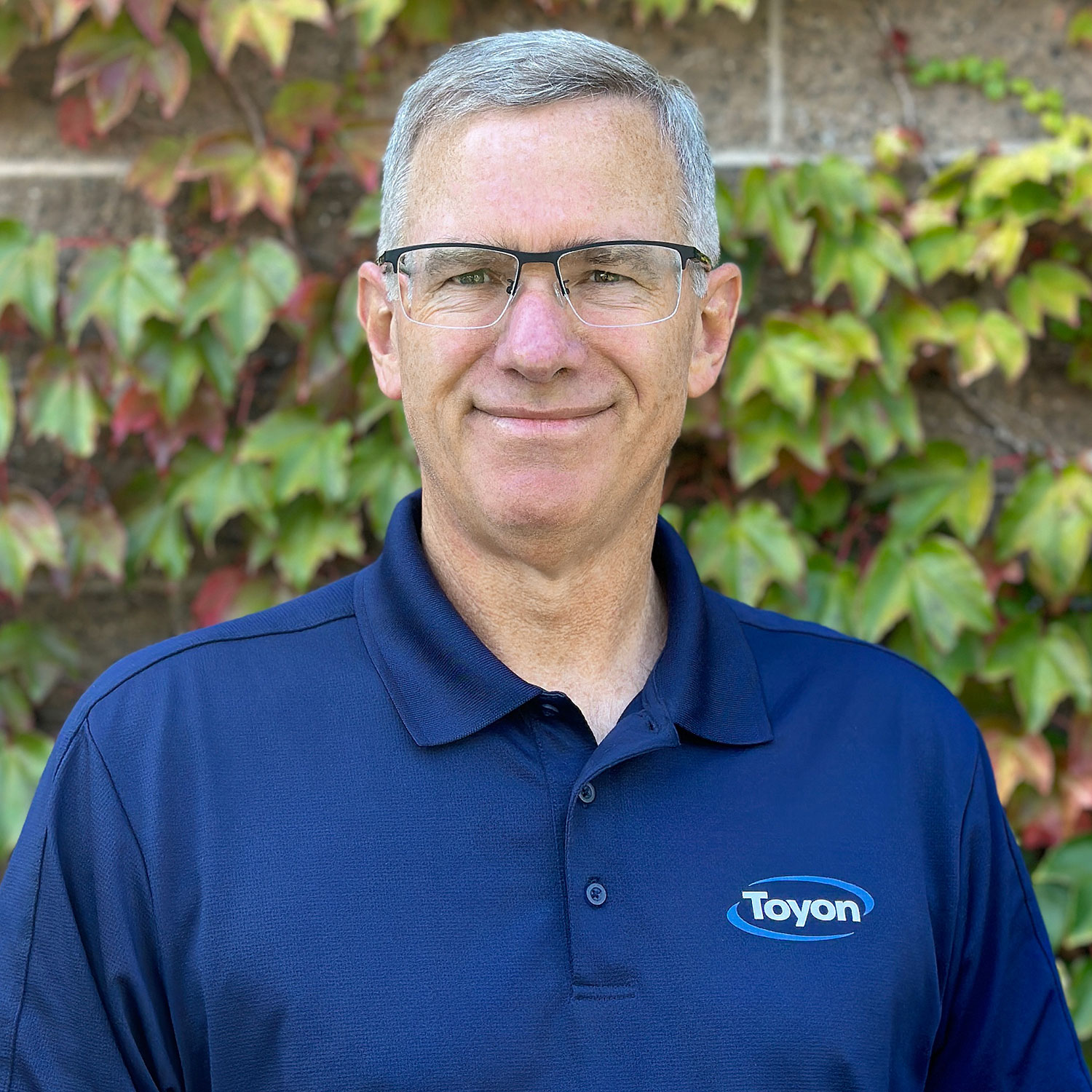
Kevin Sullivan / Director
Kevin started Toyon’s whale detection efforts in 2012, driven by a love for the marine environment and automated image processing. He assembled a team of experts who continue to improve the technology while Kevin performs systems engineering and analysis. He continues to dream of a day when infrared cameras are pervasively used onboard maritime vessels to automatically detect the presence of marine mammals and other objects of interest.
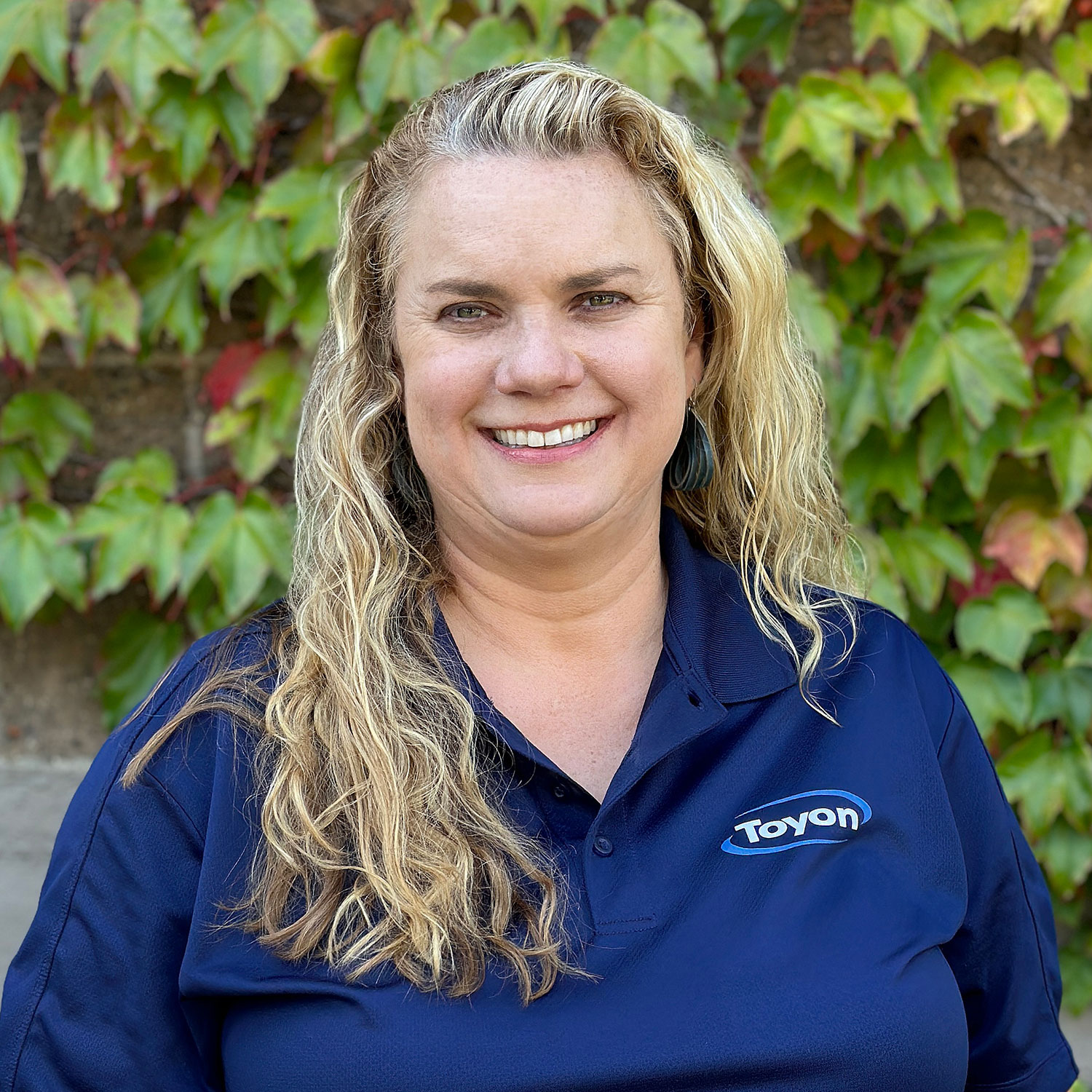
Christina Wright / Chief Biologist
Christina is a seasoned mariner with global field experience. As logistics coordinator, field operations manager, and customs facilitator, she applies her knowledge to ensure seamless deployments of Marine Observer, even in remote and challenging environments. Her interpersonal skills, quick problem-solving abilities, and knowledge of cetaceans drives the success of the MO project. When not on duty at sea, you can find her on adventures in various corners of the world or walking her dog.
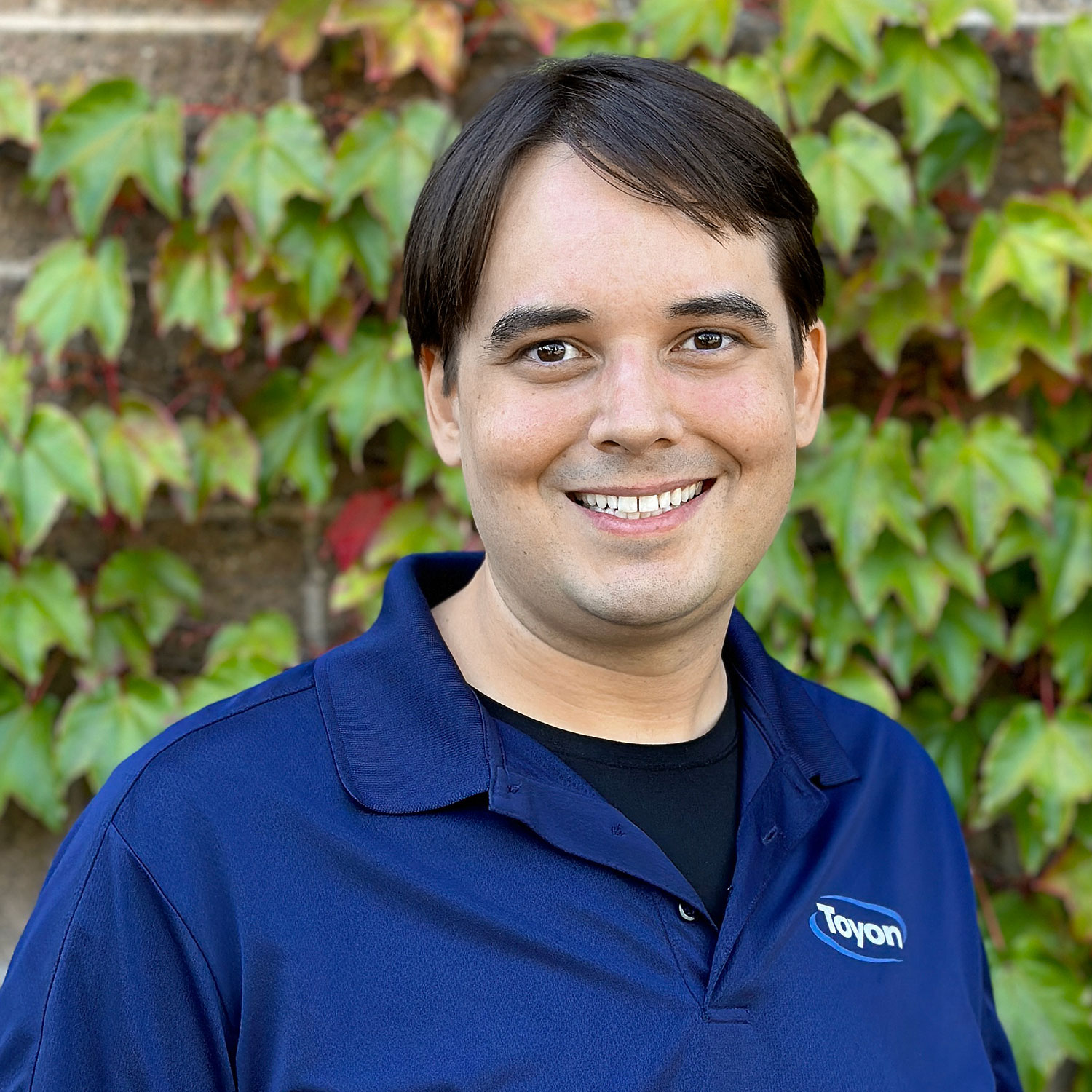
Kochise Bennett / AI Scientist
As an experienced deep learning researcher, Kochise leads Marine Observer’s AI research and development efforts. In this role, he designs custom models, training and evaluation pipelines, and leverages his knowledge of AI to incorporate modern best-practices and state-of-the-art techniques to Marine Observer’s data processing pipeline. When not working, Kochise enjoys taking his two children on walks and trips to the beach.
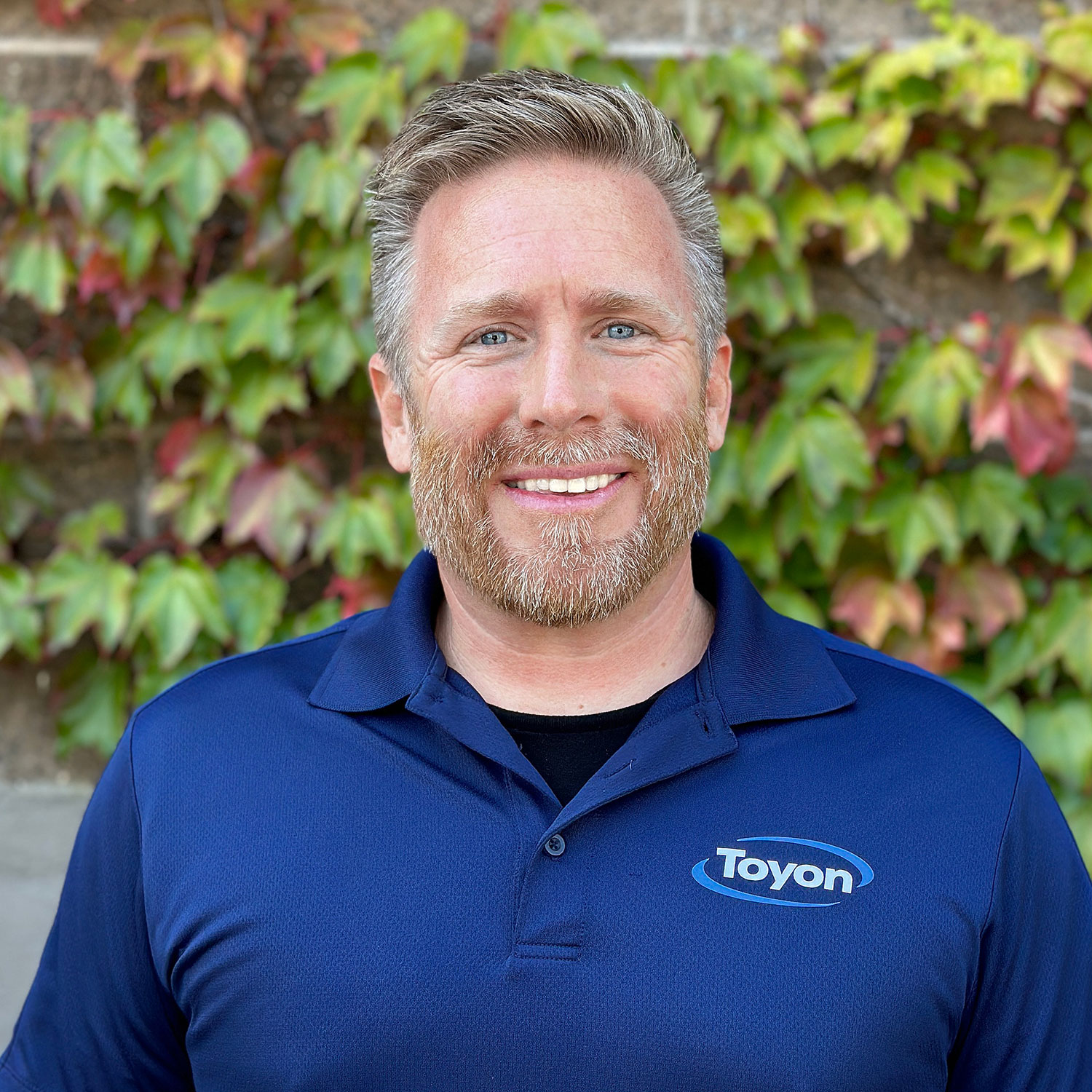
Mike Wiatt / Hardware Engineer
Mike leads the hardware design efforts for Marine Observer. His expertise in both mechanical and electrical engineering streamlines the design process, enabling the rapid development and deployment of highly tailored, no-nonsense hardware solutions. He can often be found observing the ocean, breakfast burrito in hand, after an early morning surf session.
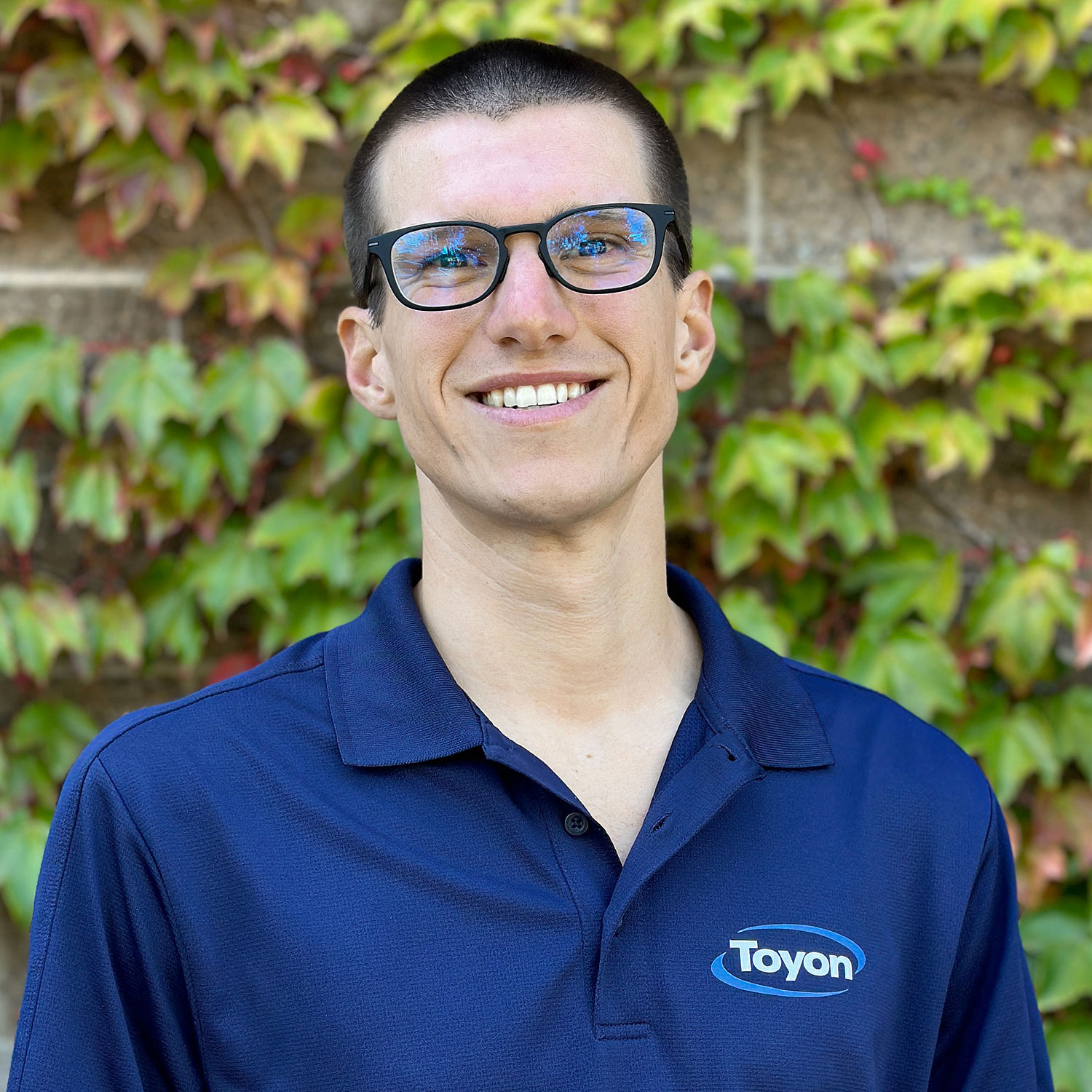
Jon Waltman / Software Engineer
Known for his software engineering savvy, Jon transforms technical requirements into robust and performant code. He is an expert in programming and adds impressive skills to the team doing things like developing shiny new features to support our customers. Jon loves his oceanic friends and is proud of his work to protect them.
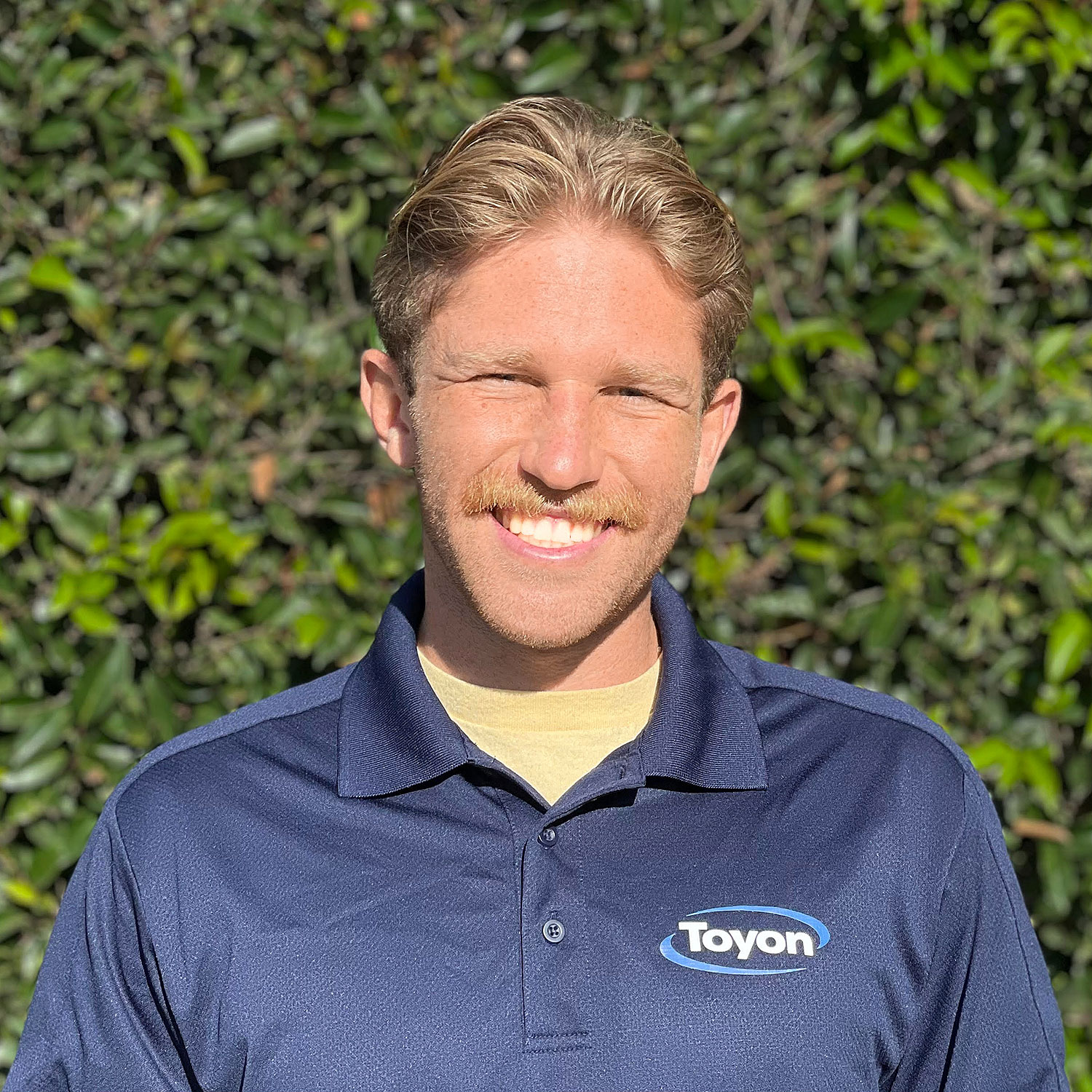
Nolan Sullivan / Field Technician
Nolan has a degree from UC Santa Cruz in Ecology and Evolutionary Biology. He has been supporting Toyon’s Marine Observer program since 2013, including projects involving NOAA, energy companies, camera installations and deployments, performance analysis, and manual data collection and review. Nolan is also a professional ocean photographer and an avid surfer.

